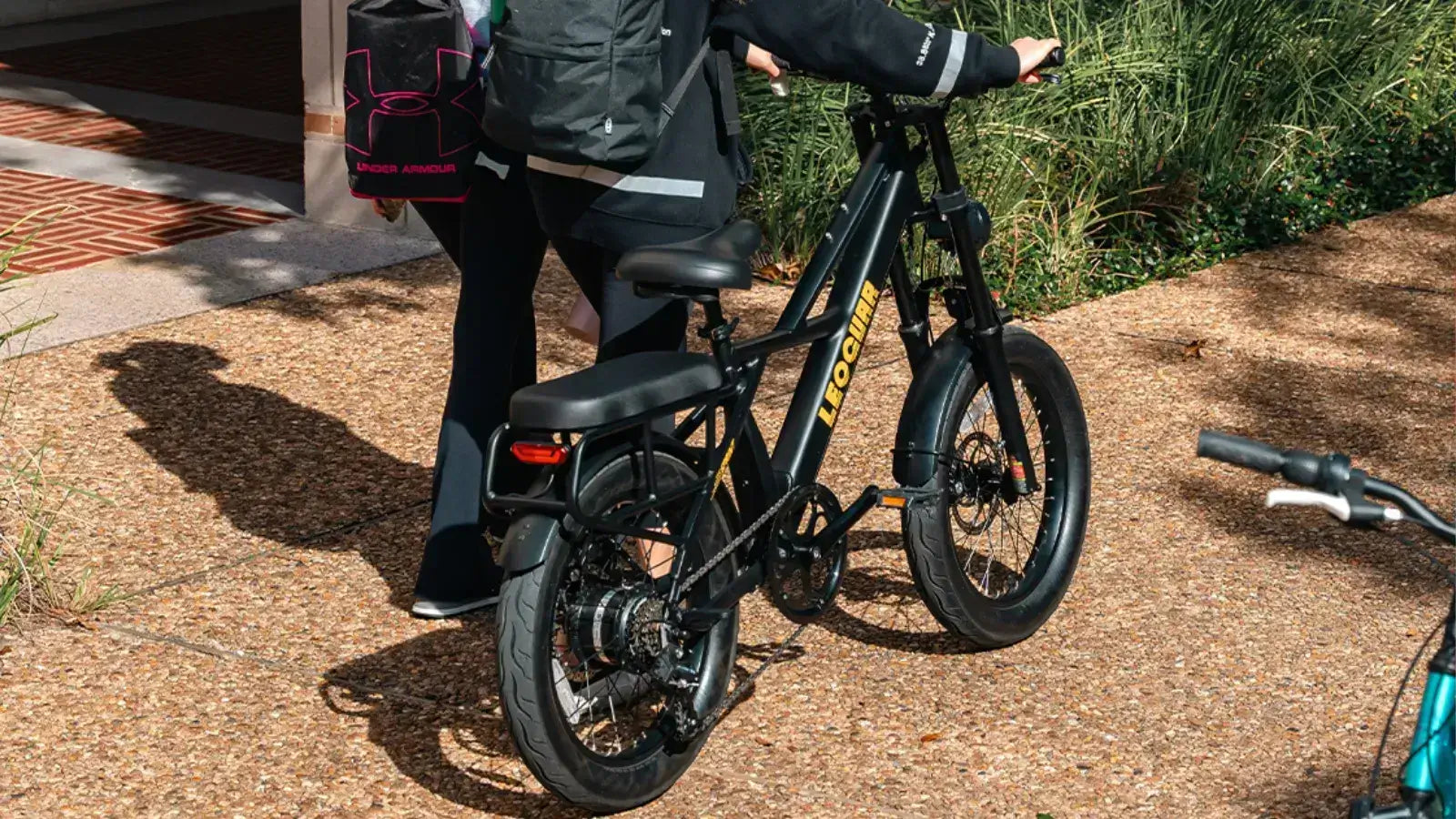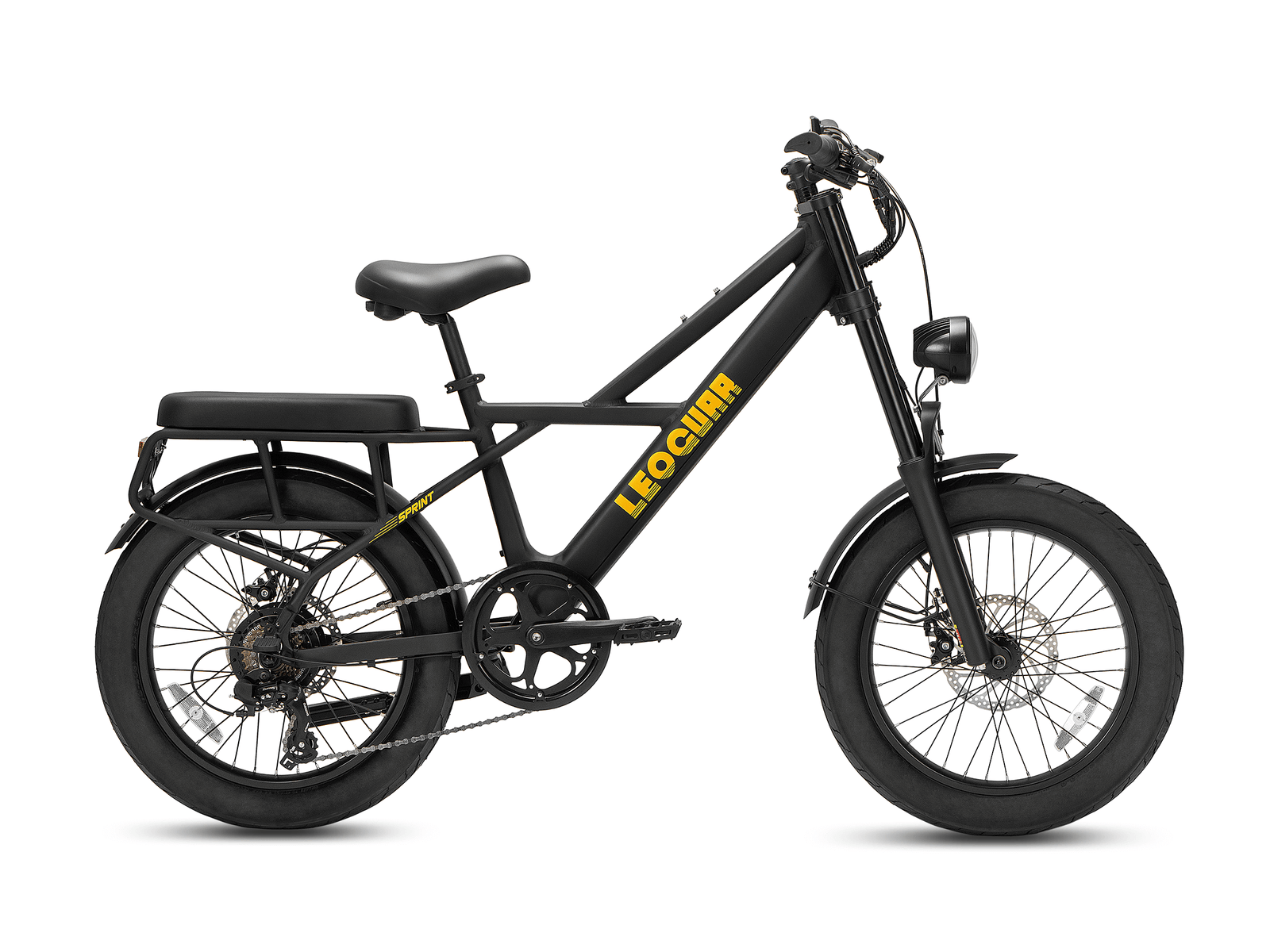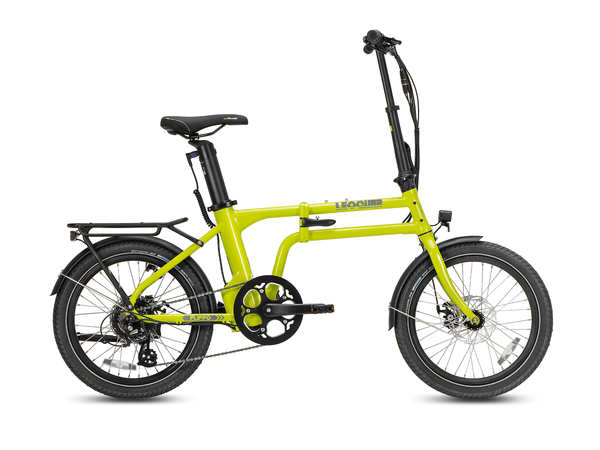
Electric Bikes Under 200 for Adults: Why They Don't Exist
You're looking for an electric bike under $200. The honest answer is no - you won't find a new, safe, and reliable electric bike for adults at this price. But your journey into easier cycling isn't over yet. We see these "too good to be true" deals online all the time. The idea of electric-powered freedom for the cost of a few grocery trips sounds amazing. However, as experts who have tested and fixed countless e-bikes, we need to be honest with you.
Those sub-$200 listings often hide serious risks to your safety and money. This article will explain why this price is unrealistic for a complete adult e-bike and show you what you can actually get with your $200 budget. We'll also reveal the hidden dangers of what you do find at these prices. Let's look at the real costs and what you need to know to make a smart choice.
The True Cost
To understand why a $200 price tag doesn't work, we need to look at an e-bike as the sum of its parts. Each part has a basic cost to make safely. A company simply cannot build a safe adult ebike for less than the cost of its own parts. The final price includes not just the parts, but also putting it together, shipping, quality checks, and a small profit for the brand. Below is a breakdown of the minimum costs for parts on a safe, basic adult e-bike.
| Component | Estimated Minimum Cost (Wholesale) | Why It Matters for Safety & Performance |
|---|---|---|
| Lithium-Ion Battery (UL Certified) | $150 - $250+ | This is the heart and single most expensive part of an e-bike. A safe, certified battery from a reputable cell manufacturer (like Samsung or Panasonic) is non-negotiable. Cheaping out here introduces a serious risk of fire. |
| Hub Motor (250W+) | $60 - $100 | The motor provides the power. A quality motor is built to handle sustained use and resist overheating. Sub-par motors offer weak assistance and fail quickly. |
| Frame (Aluminum/Steel) | $50 - $90 | An e-bike frame must be stronger than a standard bike frame to handle the extra weight of the battery and motor, plus the higher speeds and torque. A weak frame can crack under stress. |
| Brakes (Mechanical Disc) | $30 - $50 | E-bikes are heavier and faster, requiring superior stopping power. Basic rim brakes are insufficient. Mechanical disc brakes are the absolute minimum for safety. |
| Controller, Display & Wiring | $30 - $60 | This is the bike's brain. It needs to be reliable and weather-resistant to prevent short-circuiting and failure, which could cause the motor to cut out or engage unexpectedly. |
| Other Basic Components | $80 - $120 | This includes wheels, tires, drivetrain (gears, chain), saddle, and handlebars. Even at the most basic level, these parts have a real cost. |
| Total Minimum Component Cost: | $400 - $670+ |
As the table shows, the raw cost of safe parts alone is double or triple the $200 budget. The battery is the most important part. Good brands spend a lot of money testing their electrical systems to meet UL 2849 safety standards. This tough testing process prevents battery fires and electrical problems. It's a cost that ultra-cheap models always skip, passing the risk to you.

What You Actually Find in "Too Good" Listings
So what are you really seeing when you find these "electric bikes under $200 for adults" on sites like Amazon or Wish? If you're seeing these listings, they almost always fall into one of these groups:
- Wrong Labels: The most common trap. The listing uses "electric bike for adults" but the product is actually a small electric scooter, a kids' balance bike, or even a regular bike with "electric" in the title just to get clicks. Always read the full details.
- Conversion Kits Only: Many listings at this price are not for a complete bike. They are for a basic kit that includes just a hub motor, a controller, and a throttle. The fine print will show that you need to supply your own bike and, most importantly, your own battery. A safe battery will cost more than the kit itself.
- Wholesale Pricing: You'll see an amazing price like "$180/unit," but next to it, you'll find "MOQ: 50 units." MOQ means Minimum Order Quantity. This is a wholesale price for businesses buying in bulk, not a price for one bike.
- Extremely Unsafe Products: In the worst case, the listing is for a complete adult e-bike, but it's built with the cheapest, non-certified, and most dangerous parts possible. These are the bikes that fail badly.
Your Red Flag Checklist
To protect yourself, use this checklist to check any budget e-bike listing. If you see more than one of these red flags, close the tab and walk away.
- Unclear Details: The listing doesn't mention the battery brand, capacity in watt-hours, or motor wattage. It uses generic terms like "high-capacity battery" or "powerful motor" without numbers. There's no mention of part makers like Shimano or Tektro.
- No Safety Standards Mentioned: A good seller will proudly show safety certifications. Look for UL 2849 or UL 2272. If this info is missing, assume the product is not certified and poses a fire risk.
- Stock Photos & Generic Descriptions: The images look like computer drawings or generic catalog photos, not pictures of a real product. The text is often poorly translated and full of buzzwords like "amazing speed" and "best quality" without any proof.
- Unknown "Brand": The seller has no official website, no contact info for US-based support, and no professional reviews from trusted cycling publications. It's a ghost brand that will be gone if you have a problem.
- Shipping from Overseas with Long Waits: This is a classic sign of dropshipping. A third-party seller is simply ordering a low-quality product from an overseas factory and having it sent directly to you, skipping any quality control or local support.
The Real Risks
The "savings" from buying an ultra-cheap electric bike are fake. The potential costs in terms of safety, performance, and durability are far greater than the initial price.
Critical Safety Failures
This is our main concern. A poorly made e-bike is not just annoying - it's a real danger.
- Battery Fires: This is the biggest risk. Non-certified lithium-ion batteries can suffer from "thermal runaway," an unstoppable chain reaction that leads to violent fires and explosions. These fires are very hard to put out. Following guidelines from the U.S. Consumer Product Safety Commission (CPSC) is crucial - the agency urges consumers to only buy and use devices that are certified by an accredited testing lab. The rise in devastating fires linked to uncertified e-bikes and scooters is a public safety crisis.
- Brake & Frame Failure: Brakes on these bikes are often weak, plastic-heavy parts designed for kids' toys. They will not reliably stop a 50-70 lb e-bike carrying an adult, especially going downhill. The frames use low-grade metal with poor-quality welds that can easily crack under stress, leading to complete failure while riding.
Terrible Performance and Durability
Even if you avoid a major safety failure, the riding experience will be deeply disappointing. In our experience and based on countless user reports, these bikes show a consistent pattern of poor performance.
- Pathetic Range: The battery, while dangerous, is also tiny and inefficient. Advertised ranges are wildly inflated. In reality, you might only get 5-8 miles of weak help before the battery dies, leaving you to pedal a very heavy, awkward bike home.
- Weak Motor: The motor will be advertised as "350W" but will struggle to get you up the slightest hill. It provides a barely noticeable push on flat ground and offers no real help when you actually need it.
- Immediate Breakdowns: Parts will fail, and they will fail quickly. Gears will stop shifting, brakes will come out of alignment, and the motor or controller will burn out within weeks or even days. With no warranty, no customer support, and no available replacement parts, the bike becomes expensive scrap metal.
Your Best $200 Options
We've been very clear about what not to buy. So what should you do with a $200 budget? The good news is that this amount can get you fantastic and reliable transportation if you approach it smartly.
Option 1: A High-Quality Used Regular Bicycle
This is, without a doubt, the single best use of your $200. A five or ten-year-old regular bike from a good brand like Trek, Giant, Specialized, or Cannondale is far better than any new, sub-$200 e-bike. It's built with quality parts, designed to last, and engineered to be safe. You will get a lighter, more reliable, and more enjoyable ride. Look on Facebook Marketplace, local bike forums, and at local bike shops that sell used bikes. When checking a used bike, look for cracks in the frame (especially around welds), make sure the wheels are straight, and test that the gears shift smoothly.
Option 2: Budget for a DIY Conversion (With Caution)
If your heart is set on electric power, a DIY conversion is possible, but it requires caution and a realistic budget. A conversion kit lets you add a motor to a standard bike.
However, a safe and reliable kit is not a $200 purchase. A decent 250W-500W hub motor kit will cost around $200-$250, and a separate, safe, UL-certified battery will cost an additional $200-$300 at minimum. This puts the total project cost in the $400-$550 range, plus the cost of the bike. This option is best for hobbyists who are mechanically skilled and understand the compatibility challenges involved. It is not a simple, plug-and-play solution for beginners.
Realistic Entry-Level Budgets
To get a new, safe, and reliable adult electric bike that you will actually enjoy riding, you need to adjust your budget expectations. The market for quality, affordable e-bikes has grown a lot, but the realistic entry point is higher than $200.
- $500 - $800: The True Entry-Level. This is the price range where you begin to find real, safe e-bikes from direct-to-consumer brands like Lectric or Ride1Up. These bikes will have certified batteries, working disc brakes, and reliable single-speed or basic multi-speed drivetrains. They are perfect for casual riding and short commutes.
- $800 - $1,200: The Sweet Spot for Quality. In this range, you'll see big improvements. Products like Leoguar Sprint join the mix, offering bikes with better battery range, stronger motors, hydraulic disc brakes (which offer better stopping power), and better-quality parts from brands like Shimano. The frames are better designed, and the overall ride quality is much smoother.

Our Final Recommendation
The search for electric bikes under $200 for adults is a journey that ends in a critical realization: you cannot compromise on safety. The rock-bottom prices you see online are not a bargain - they are a liability. These products are often mislabeled, dangerously under-engineered, and built with uncertified parts that pose a real risk of fire and failure. We strongly urge you to reject these offers.
Your $200 is far better invested in a high-quality electric bicycle from a trusted brand, which will provide a safe and enjoyable riding experience for years. If you are committed to going electric, the wisest and safest path is to save up for a proper entry-level e-bike in the $500+ range from a reputable company that values your safety and provides UL-certified products. Your peace of mind and physical well-being are worth far more than the fake savings of a $200 e-bike. Ride smart, and ride safe.
Frequently Asked Questions
1. Q: Can I find a legitimate electric bike for adults under $200 anywhere?
A: No, you cannot find a new, safe, and reliable electric bike for adults at this price point. The cost of safe components alone exceeds $400-$670, making a $200 price impossible for a quality product. Any listings at this price are either mislabeled products, conversion kits only, wholesale pricing, or dangerously unsafe bikes.
2. Q: What's the minimum I should spend on a safe electric bike?
A: For a new, safe, and reliable adult electric bike, you should budget at least $500-$800. This is the true entry-level range where you'll find legitimate e-bikes from reputable brands with certified batteries, proper disc brakes, and reliable components. The $800-$1,200 range offers even better quality and performance.
3. Q: Are DIY conversion kits a good alternative for a $200 budget?
A: Not really. While conversion kits exist, a safe and reliable setup requires a $200-$250 motor kit plus a separate UL-certified battery costing $200-$300 minimum. This puts the total cost at $400-$550, plus you need a donor bike. It's also best suited for mechanically skilled hobbyists, not beginners.
4. Q: What should I look for to avoid unsafe electric bike listings?
A: Watch for red flags like vague specifications, no mention of safety certifications (UL 2849 or UL 2272), stock photos with generic descriptions, unknown brands with no official websites, and shipping from overseas with long wait times. If you see multiple red flags, avoid the listing entirely.
5. Q: What's the best use of my $200 budget if I want a bike?
A: Your best option is to buy a high-quality used conventional bicycle from a reputable brand like Trek, Giant, Specialized, or Cannondale. A 5-10 year old bike from these brands will be far superior to any new sub-$200 e-bike in terms of safety, reliability, and ride quality. Look on Facebook Marketplace, local bike forums, and bike shops with used inventory.









































Leave a comment